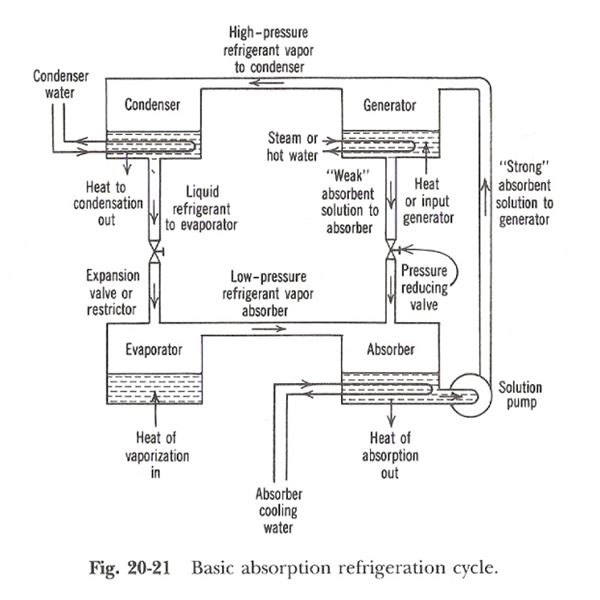Get Tech Tips
Subscribe to free tech tips.
You’re Grounded

One of the most common questions we get from techs is about using a voltmeter to diagnose a high voltage circuit. It's especially tricky when a tech is used to working on a low-voltage or 120V circuit, where there is a clear “hot” side of the circuit and a clear “grounded” side of the circuit. In 120V, you have one hot leg, and the other side is neutral, which is actually connected to ground back in the panel. Most (but not all) 24v transformers have one hot leg, and the other leg is grounded. A car has one 12VDC hot, and the other side is grounded to the chassis.
These cases cause techs to get used to putting one meter lead to ground and “walking” the other lead through the circuit, looking for where the voltage is lost. While this is still not the best idea, even on these circuits, it usually works.
However…
In 240v or 3-phase diagnosis, it doesn't work. Here is why:
The other “side” of the completed circuit is not grounded at all. So when you check to ground, you are checking to a point that has literally NOTHING to do with the completed circuit you are diagnosing. Even more importantly, you will often read “120v to ground,” even when the leg of power you are attempting to diagnose is open.
Here's an example:

Let's say you are trying to see if the IFR contact is open. So, you put your meter from L1 to ground. Good news! You have 120v. So, now you are feeling confident, and you read from IFR terminal 2 to ground. You still have 120v. So, now you think, “The IFR terminals are closed because I have 120v on each side…”
WRONG!
You will have 120V to ground on IFR terminal 2 regardless of whether the contacts are open or closed. If they are open, you will be reading 120v backfed through the motor from L2. If they are closed, then you will read L1. (If you want to see a visual representation of what I'm talking about, check out this video on the HVAC School YouTube channel.)
In other words, it's a pointless test.
Take a deep breath…
This next part is gonna take some focus to understand. If you don't intend to pay careful attention to these next paragraphs, you won't benefit from reading them.
Instead, read from L1 to L2 and confirm 240V. Then, read from IFR1 to L2 and from IFR2 to L2. If you have 240v on IFR1 and not IFR2, then you know IFR is open.
An alternate method if you are DEAD SET on reading to ground is to check IFR1 to ground. If you have 120V, then check from IFR1 to IFR2. If you read anything across the contacts, you would then know they were open.
Remember…
You will read potential (voltage) so long as a path and difference in charges exist (across a load and across an open switch). You will not read potential (voltage) across a closed switch because a closed switch has no potential difference across it.
Final notes –
We encourage you to check both legs to the ground for safety purposes to confirm the disconnect is actually off and open.
Checking to the equipment ground can be a way to check the ground itself. However, in that case, a de-energized ohm or megohm test can often be a better test.
—Bryan











Comments
I have drilled in our technicians minds never check from ground to line unless you are checking the ground
I have drilled in our technicians minds never check from ground to line unless you are checking the ground
Please do some on chillers
Please do some on chillers
To leave a comment, you need to log in.
Log In